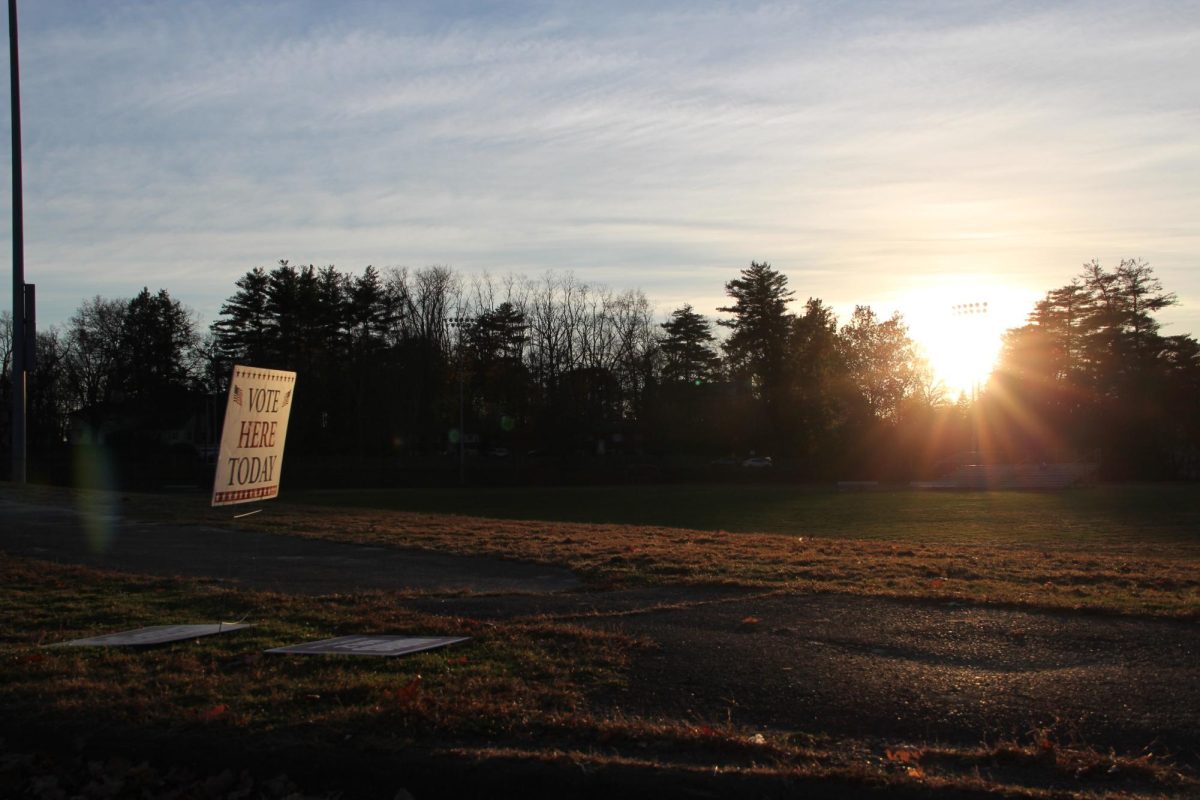Imagine being able to power your iPod with your backpack. Well, that is exactly what University of Massachusetts associate professor Dhandapani Venkataraman is trying to do, as he is conducting research on organic solar cells, which provide clean sources of renewable energy.
“The global atmospheric concentration of carbon dioxide has increased from a pre-industrial value of about 280 parts per million to 379 parts per million in 2005,” found a report by the Intergovernmental Panel on Climate Change, a worldwide environmental watchdog group chartered by the United Nations.
At UMass, many professors are working hard to develop new forms of alternative energy. The Massachusetts Center for Renewable Energy Science and Technology (MassCREST) brings together a collection of professors with a common interest in chemical energy to conduct research on renewable energy and sustainability.
“Whether you believe in global warming or not, the climate has certainly changed, and I think it’s going to continue to change,” said Venkataraman. “The real fear, actually, is whether you can adapt to this change or not. That is where I think the root cause is.”
Venkataraman has been a chemistry professor at UMass for 11 years and is also a researcher at MassCREST. Venkataraman studies organic solar cells and how molecules pack. He explained that the specific way atoms decide to pack can determine what structure an object becomes.
“ [The] carbon atom, how it packs, determines whether you have graphite that’s actually in the tip of a pencil or a diamond,” he said. “It’s the same carbon atom, but the way it is all tied up in a solid state gives you either diamond or graphite.”
Venkataraman wants to control how these atoms pack in solid states so he can control organic solar cells. The production of efficient organic solar cells creates a renewable and possibly infinite energy source which Venkataraman and his associates want to harness. However, the problem with the solar cells is how the positive-type semiconductors and the negative-type semiconductors actually come together. They are different molecules and must be brought to a particular structure for it to be working efficiently as an organic solar cell.
“There’s a lot of applications that are possible with these organic solar cells,” said Venkataraman. “One that I can think of is having a backpack covered with solar cells that you can actually power your iPod with. Or I can actually have a window which, if it’s in the path of the sun, a curtain of it which is made up of organic solar cells can create energy.”
However, there is no guarantee on how well the molecules can pack. Every batch of produced molecules can be different, making it harder to produce efficient solar cells. Venkataraman wants to figure out a way for molecules to assemble into structures which will actually yield efficient solar cells.
Professor Sankaran Thayumanavan has been teaching chemistry at UMass for seven years now and is also a director at MassCREST. He also believes the climate is changing and something needs to be done to fix it as soon as possible.
“There’s an environmental problem as well as a lack of thinking about the future generation,” he said. “People need to think about providing a sustainable solution right now; this cannot be postponed.”
Thayumanavan studies fuel cells and works to turn them into environmentally friendly sources of energy. For example, hydrogen fuel cells react chemically as follows: hydrogen plus oxygen equals water. Unlike most chemical reactions, this simple chemical reaction yields no carbon dioxide emissions, making it an environmentally safe way to create energy.
Thayumanavan is working to create efficient fuel cells on a more sophisticated basis then the equation above, but there are a lot of chemistry issues associated with fuel cells.
“The reduced carbon dioxide is the first step in reducing emissions,” he said. “Hydrogen becomes a transportable fuel where you can generate it, use it, but the efficiency is going to be low.”
That is what professor Scott Auerbach focuses his research on; creating more efficient fuel cells. Auerbach has been a chemistry professor at UMass for 16 years and is also a member of MassCREST.
To be more specific, Auerbach is “engaged in computational chemistry research to design new material and catalysts for renewable energy applications, such as more efficient biofuels and more stable hydrogen fuel cells.”
Auerbach believes the levels of carbon dioxide in the atmosphere are definitely on the rise, and that some models (methods that simulate interactions between the earth and the atmosphere) have shown there may be a causal relationship between human carbon dioxide emissions and global warming.
“Biofuels can be thought of as a carbon sequestration scheme, where atmospheric carbon dioxide gets captured by plants, which in turn get used to make fuels,” said Auerbach.
This creates a cycle which adds no new carbon dioxide into the atmosphere, since plants are simply reusing existing carbon dioxide to create such fuel cells. The plants capture the carbon dioxide, create fuel and then emit it into the atmosphere, and then the process continues.
“Fuel cells convert the chemical energy in fuels into electricity directly,” said Auerbach. “The efficiency of a fuel cell can be as high as 65 percent, so less fuel is needed to make a certain amount of electricity. That will also help the “big three” environment-related issues, which Auerbach said are the environment, finite resources, and national security
According to Auerbach, biofuels can replace up to half of our transportation fuel needs. However, biofuels are expensive and need to become cheaper in order for people to accept them as a legitimate fuel source.
Funded by a grant from the Department of Education, these UMass professors are working together to try and better the earth’s climate and atmosphere by lowering carbon dioxide emissions.
“The solution will come from chemistry,” said Thayumanavan. “But what we need to think about is a sustainable solution instead of a fossil fuel-based solution.”
Stephen Canning can be reached at [email protected].












